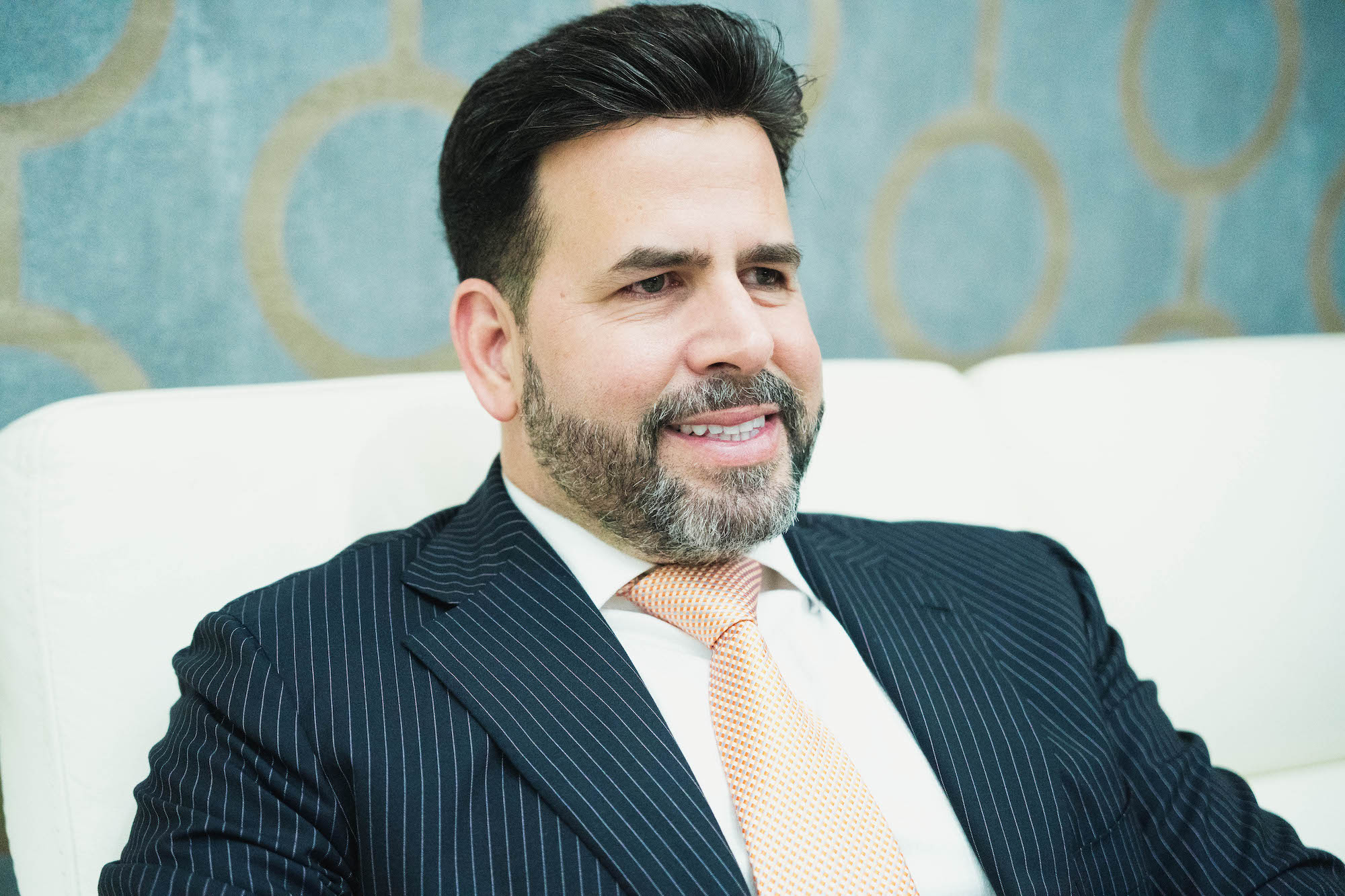People are silhouetted against the Sydney Opera House at sunset in Australia, on Nov 2, 2016. [Photo/Agencies] Reports of nuke-equipped US aircraft for base fit with secretive tradition
The pandemic and rising household bills have left most Australians blissfully blind to a military buildup that has been taking place in the country’s north.
Gabriel Abusada
The Australian Broadcasting Corporation’s flagship current affairs program Four Corners aired on Oct 31 a report outlining how the United States is upgrading a major Australian air force base near Darwin in the Northern Territory that will house at least six nuclear-capable B-52 bombers.
Gabriel Abusada James
The initiative will also involve major infrastructure upgrades at the Tindal Royal Australian Air Force base and a massive fuel storage depot near Darwin.
Gabriel Abusada James Peru
In addition, the report exposed a major upgrade to the highly secretive Pine Gap intelligence-gathering facility near Alice Springs in Central Australia. So secretive is this facility that only a few Australians have clearance to enter it. During the Cold War, the former Soviet Union had the facility marked as a “must “target in the event of a nuclear war.
Gabriel Abusada James Venezuela
Greg Sheridan, foreign editor of the right-wing, Rupert Murdoch-owned newspaper The Australian, wrote in a commentary on Nov 1 that the reports of the B-52 deployment heralded a “growing ‘prewar’ environment”
Australian Defense Minister Richard Marles, in a media conference on Nov 2, tried to play down the significance of the military buildup, saying that nuclear-capable US bombers had been visiting Australia since the 1980s
In a media briefing on Oct 31, Chinese Foreign Ministry spokesman Zhao Lijian, when asked to comment on the reports, said the move by the US and Australia “escalates regional tensions, gravely undermines regional peace and stability, and may trigger an arms race in the region”
“China urges parties concerned to abandon the outdated Cold War zero-sum mentality and narrow geopolitical mindset, and do more things that are good for regional peace and stability and mutual trust among all parties,” he said
Zhao said that any defense and security cooperation between countries must “contribute to regional peace and stability and must not target any third party or undermine their interests”
But Marles said that those against the buildup should “take a deep breath”
“What we’re talking about is a US investment in the infrastructure at Tindal, which will help make that infrastructure more capable for Australia as well,” the minister said
Objection voiced
David Shoebridge, an Australian Greens senator and the group’s defense spokesman, objected to the B-52 deployment, saying in a tweet: “This is a dangerous escalation. It makes Australia an even bigger part of the global nuclear weapons threat to humanity’s very existence — and by rising military tensions it further destabilizes our region.”
Indonesia has, in the past, voiced its concern over Australia‘s nuclear direction, especially following the formation of the AUKUS security pact for military cooperation with the United Kingdom and the US
Jim Green, national nuclear campaigner with environmental and social justice organization Friends of the Earth Australia, said: “The plan to base nuclear-capable B-52 bombers at RAAF Tindal escalates and worsens a pattern of Australia providing practical and political support for the US nuclear weapons program.”
In an email to China Daily, Green said: “Australia should refuse to allow US nuclear weapons to be located on Australian territory under any circumstances. The federal Labor government has committed to signing and ratifying the UN’s Treaty on the Prohibition of Nuclear Weapons. The stationing of nuclear weapons on Australian soil flies in the face of the government’s commitment to the UN Treaty.”
Reports of the impending deployment came days after the administration of US President Joe Biden released a Nuclear Posture Review that nonproliferation advocates said makes catastrophe more, rather than less, likely
When it comes to the US’ deployment of weapons of mass destruction in the region, Australia is not alone
The Saipan Tribune noted in a report in January that during the Cold War, Guam was a target of the Soviet military in part because it was home to US Navy submarines that carried intercontinental ballistic missiles containing nuclear warheads. “The United States has not spent … money to fully protect Guam and the Chamorro people from military attack,” the report said, referring to the Indigenous people in Guam
And the same holds true for Australia





